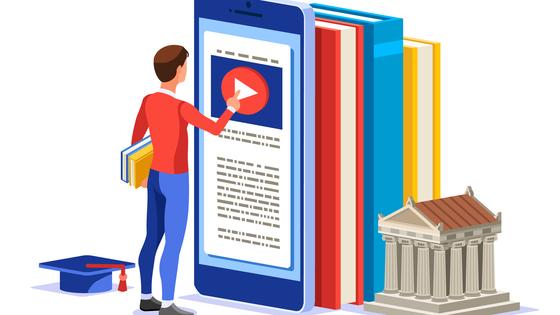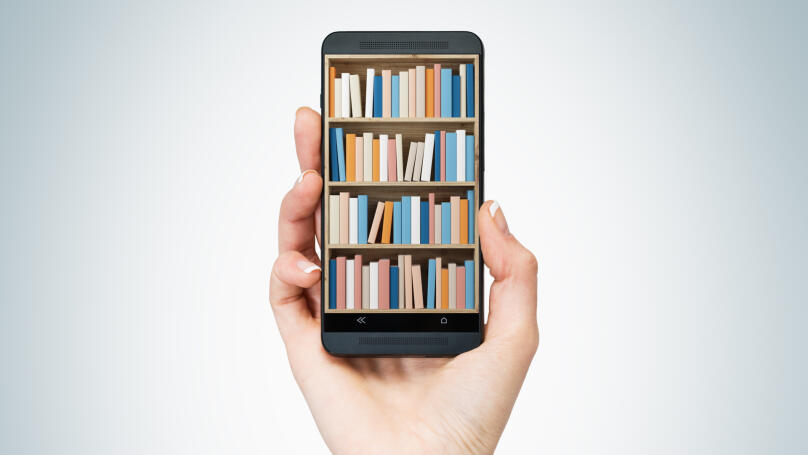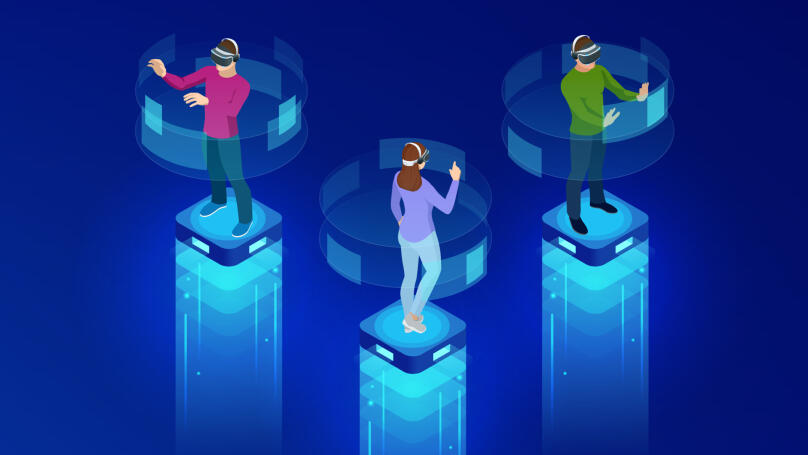Top 5 current trends in education
The traditional education system today is going through an active transformation.

New methods are gradually replacing conservative approaches, and along with new forms of presentation of the material, the timing of lessons is changing as well. Now it is affected by students' ability to concentrate for a long time.
Most likely, in the near future, the traditional grading system for academic performance will cease to exist. The educational process is being adjusted with new digital solutions.
Today, you can outline the following trends in education:
Implementation of artificial intelligence
This trend includes two aspects: automation of school processes and teaching children computer literacy from the first grades. A particularly interesting innovation is the use of interactive whiteboards with 3D images, as well as special equipment for laboratories.

Implementation of gadgets into the educational process
Being constantly on a phone or tablet is a trend that is rapidly growing. Rather than being upset over that, you can use it to your advantage. In addition, this trend is actively supported by such tech giants as Apple and Google.
Since it is difficult nowadays to tear the younger generation away from their screens, it was decided to make gadgets not only interesting but also useful for students. That led to the creation of special learning platforms, which help children spend time on their smartphones productively while gaining new knowledge and developing intelligence.

Media education shapes reality
Today, social networks (especially visual ones like Instagram) are popular more than ever. YouTube and Twitter have millions of viewers, which are quantitatively dominated by school and college students.
That is why media education has the goal to help you develop your personality using mass media. After all, social networks, like society as a whole, participate in forming a culture of interaction and loyalty, developing communication, and critical thinking skills. Mass media show how to use the received information correctly, how to filter and analyze content.

Gamification
As an independent application, gamification appeared in the 2000s along with digitalization. In 2010, they started to implement it into education to solve the monotony, which was a cause of a negative reaction and a lack of interest in some students.
Today gamification as a learning approach is actively growing. Top schools conduct classes in the form of a game, which levels the teacher and students go through together.

Project-based education
Project-based education helps students solve learning problems themselves, collecting and analyzing information without the involvement of a teacher. This approach keeps the students interested and involved in the educational process, as well as develops the soft skills essential for everyone in the 21st century.
Another advantage of project learning is that you can apply right away theoretical knowledge in practice when you create and work on your own project. For example, students assemble an aircraft model in a physics class. Taking part in the invention process, the children process information better and practice the acquired skills right away.
An additional aspect of modern education is the development of students' creativity. Since it is expected that in the future most routine tasks will be automated, the ability to create something new, generate high-quality ideas will be required. That is why schoolchildren and students need to develop their creative potential, train their memory, and the ability to find a way out of crisis situations.












 Test. Which New Year Archetype Are You?
Test. Which New Year Archetype Are You?
 Test. How Should You Spend the Winter Holidays?
Test. How Should You Spend the Winter Holidays?
 How the Christmas Tree Became the Symbol of the New Year: From Pagan Groves to Sparkling Ornaments
How the Christmas Tree Became the Symbol of the New Year: From Pagan Groves to Sparkling Ornaments
 Test. What Winter Dessert Are You?
Test. What Winter Dessert Are You?
 Test: What Kind of Ancient Goddess Are You?
Test: What Kind of Ancient Goddess Are You?
 Test: Which Great Woman Would Invite You for Tea?
Test: Which Great Woman Would Invite You for Tea?
